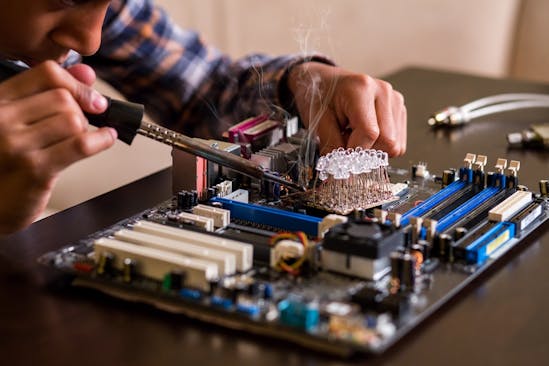
Source: Linkedin
Electricity can kill- that much is something everyone knows. But when it comes to how deadly it can be, what should really be taken into consideration? Is it voltage, or is it amps?
Right off the bat, 10,000 volts might look a lot more deadly than 100 volts. However, if you think about it, you will know that our house’s usual currents of 110 or 220 volts are enough to cause real damage to the unfortunate victim, and things as little as 42 volts can hurt a lot. At first, we might think that volts is just really strong, and even just a little can kill you so 10,000 volts must be 100% lethal, but that’s just not entirely true. Electricians dealing with a 10,000 volt wire can survive an unprotected shock with little damage to their bodies, while anyone playing around with a 110-volt socket could kill a person.
The truth is, what really matters is not the voltage of an electrical object, but rather, the amperage. Amperage is the amount of current flowing through the circuit, and is measured in milliamps (mA)

Source: Ohio State University, Physics
While high amperage is usually deadly, different levels of it actually affect our body differently. These are the most common effects of certain amounts of amperage to the human body:
- 1-10 mA
The person feels little to no electrical shock.
- 10-20 mA
A painful shock or jolt can be felt, but not enough to lose muscle control.
- 20-75 mA
A more serious shock where a very painful shock or jolt can be felt, and the victim will lose muscle control, making them unable to let go of the object that is electrocuting them.
- 75-100 mA
Ventricular fibrillation, which causes cardiac arrest is more likely to occur the closer it gets to 100 mA. Damage is done to the body.
- 100-200 mA
Ventricular fibrillation leading to cardiac arrest and death may occur if immediate medical attention is not given to the victim.
- Over 200 mA
Severe burns and muscle contractions will occur. The victim’s heart might stop momentarily due to your chest muscles pushing on your heart, and internal organs are likely to be damaged. What’s surprising though, is that at this high of a shock, ventricular fibrillation is avoided due to the shock’s clamping effect on the heart, eliminating the risk of cardiac arrest. This makes a victim’s survival more likely to happen once they’re removed from the circuit as soon as possible.

Source: Giphy
So with this information, we can gather that 100-200 mA is actually more deadly that anything over 200 mA. Still though, even if one does survive an over 200 mA electrocution, their recovery will be slow and painful, given all the burns and damage done to their internal organs is pretty severe. So even if you know how many amps are in an electrical device or outlet, prevention is still better than cure. Wear the proper gear to make sure you’re properly insulated and protected. Work slowly and carefully whenever you’re handling an electrical circuit of any kind. Finally, always shut the power off any circuit when you’re not testing it.
Article Sources:














